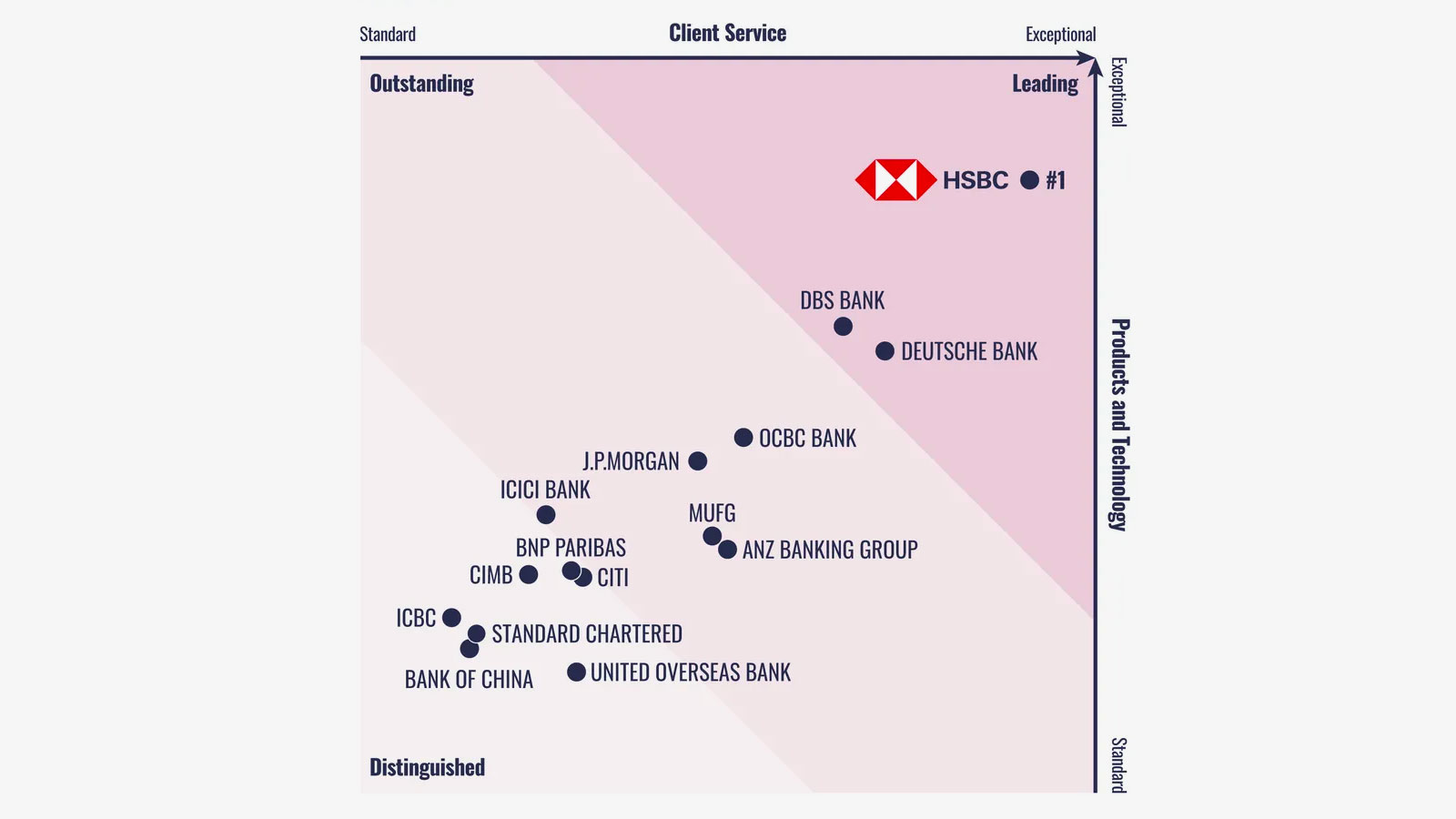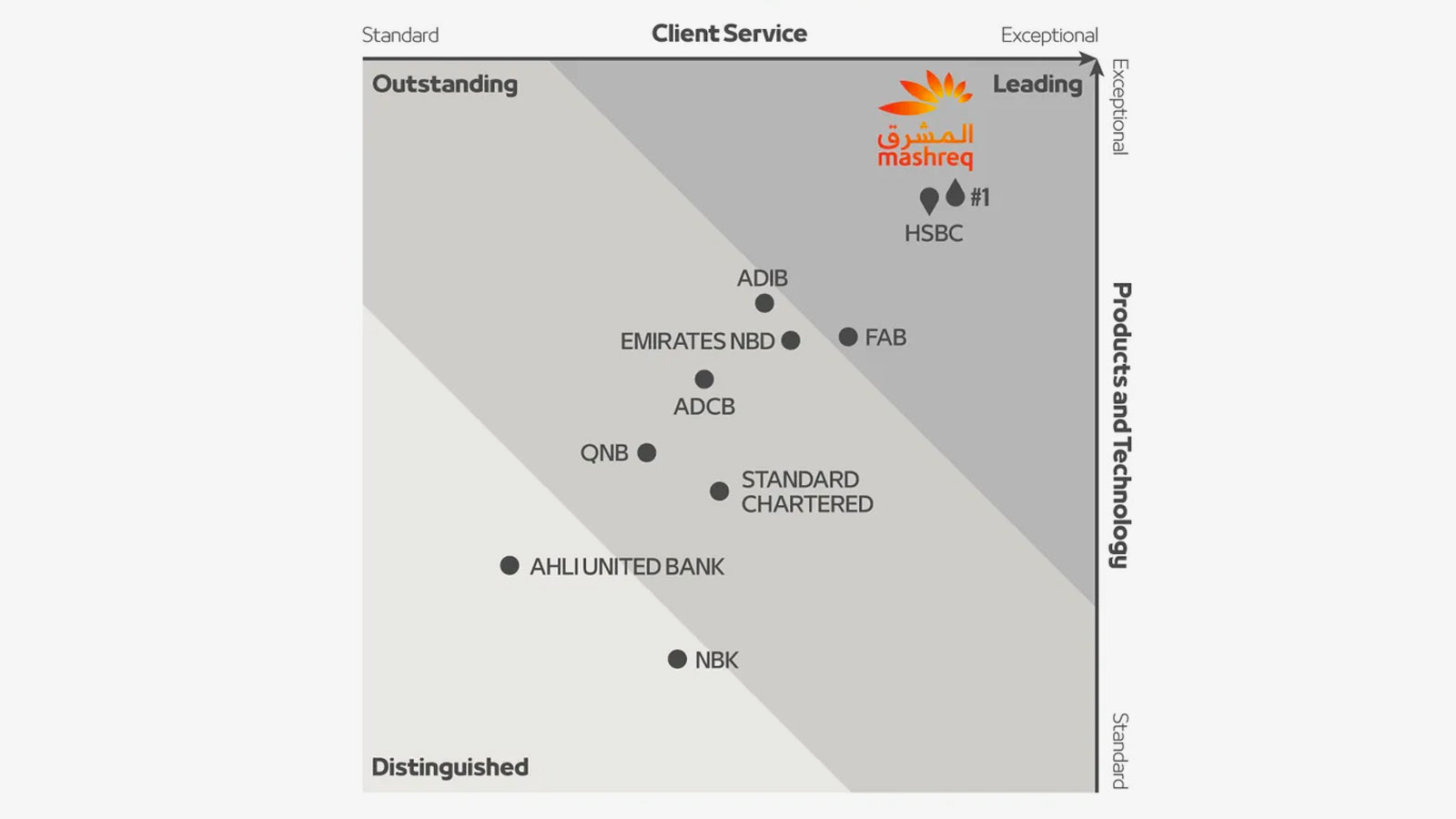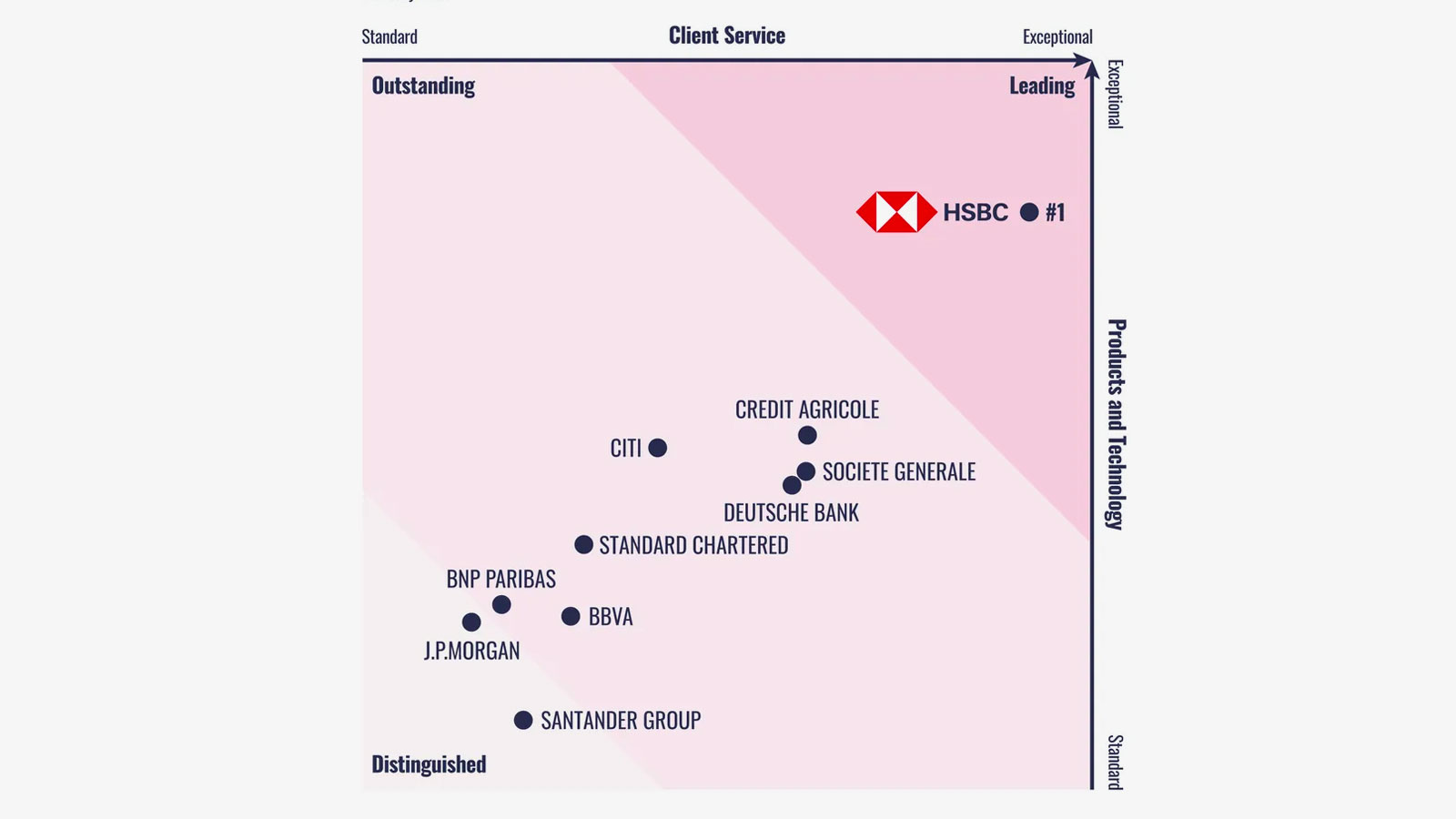Global real estate investors entered the year in buoyant mood. Many property sectors racked up bumper returns in 2021. Globally, self-storage and industrial assets, for example, achieved total returns of 77.5% and 50.9% respectively, according to the National Association of Real Estate Investment Trusts (Nareit). Investment activity continued in a similar vein into this year, with global volumes 13% higher in the first six months of 2022 compared with the same period in 2021, Savills data shows.
Thanks for your interest in Euromoney!
To unlock this article, enter your e-mail to log in or enquire about access:




